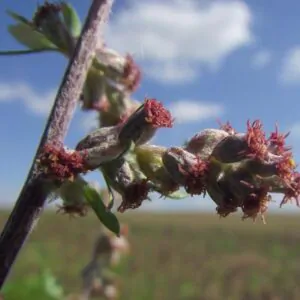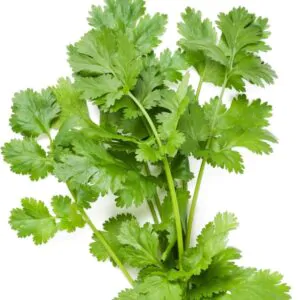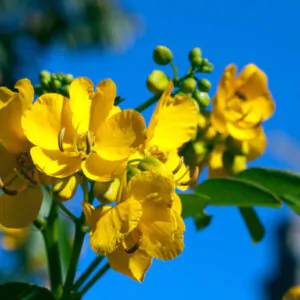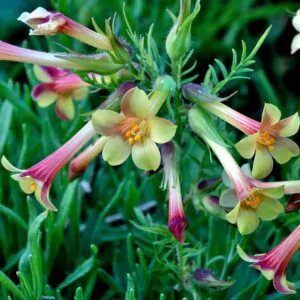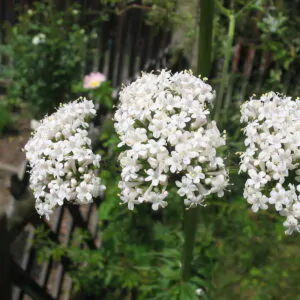$4.49
/ per pack
Choose seeds per pack:
Botanical nomenclature: lespedeza capitata
Common name: lespedeza l, round-head lespedeza, rabbit foot, dusty-clover, rabbit foot plant, male buffalo plant
Family: fabaceae
Origin: North America
Height: 1.5 meters
Brightness: full sun, partial shading
Climate: see description below
Lespedeza is a perennial herbaceous plant in the family pea fabaceae (the same as pea), native to the east of north america, including eastern Canada and the eastern half of the United States, central and eastern United States. Although found in the lowlands, it tends to be more common in highlands.
The species is widely cultivated as an ornamental plant, exploited both in natural floral arrangements and in dry floral arrangements and mainly for its medicinal properties.
The part used is the stem, the leaves and roots. The active principles: flavonoids and tannins.
In nature, lespedeza grows in forested areas, in dry meadows, sandy prairies, gravel prairies, hills meadows, limestone clearings, sandy savannas, and in disturbed habitats such as roadsides. It is very drought tolerant.
This species is adaptable to different soil types that contain significant amounts of marl, clay, sand or rock material. It adds nitrogen to the soil and is easy to grow.
Roundhead lespedeza does not propagate aggressively through rhizomes and is not a prolific producer of seeds.
The flowers are mainly visited by bees. Robust, beneficial and particularly showy plant.
Lespedeza is also widely explored as a component for blending into pasture vegetation. It is an excellent addition to cattle forage because it is palatable and very nutritious, rich in proteins. It is readily grazed by all classes of cattle and the seeds are a valuable part of the diet of quail, birds and game birds.
| Weight | N/A |
|---|

